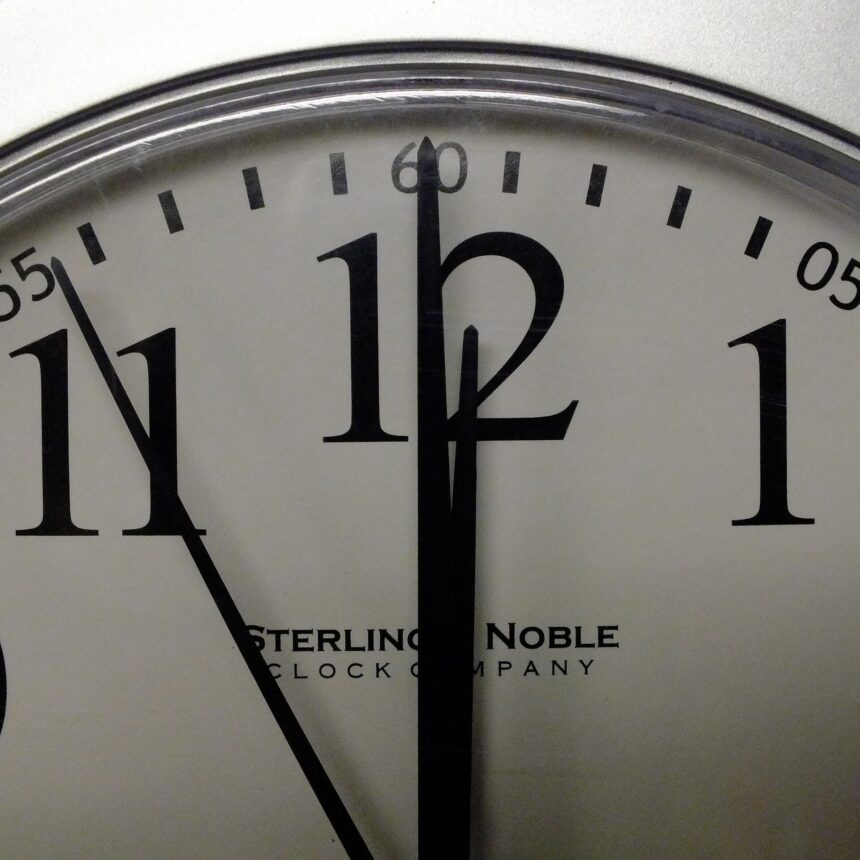The iconic Doomsday Clock, maintained by the Bulletin of the Atomic Scientists since 1947, symbolizes the perceived threat of global catastrophe and the proximity to midnight, the point of no return. Over the years, the clock has come to represent not just nuclear dangers, but also other existential risks such as climate change, technological disruptions, and political instability.
In a groundbreaking study by researchers at Mass General Brigham, the connection between the Doomsday Clock and human health and mortality was explored for the first time. Using data from the CDC and the IHME Global Burden of Disease project, the study found a correlation between the clock’s proximity to midnight and mortality rates for various conditions.
The results, published in The Bulletin of the Atomic Scientists, revealed that as the clock ticks closer to midnight, indicating greater risk, mortality rates for Alzheimer’s disease, suicide, unintentional injuries, and alcohol and substance-related disorders rise. Conversely, lower mortality rates were observed for conditions like malignant neoplasms, HIV, and diabetes mellitus as the clock approached midnight.
Lead author Dr. Samuel Justin Sinclair emphasized the importance of this study in highlighting the link between global events, psychological well-being, and health outcomes. The findings suggest that societal risks reflected in the Doomsday Clock may have implications for individual health and mortality on a macro level.
Senior author Dr. David Silbersweig underscored the interconnectedness of individual, societal, and global well-being, calling for further research to address these complex interactions and inform policy decisions. The study opens the door to a new perspective on how social determinants of health can impact population health in times of heightened global risk.
This pioneering research sheds light on the potential impact of existential threats on human health and mortality, offering a unique perspective on the broader implications of global events. As we navigate an increasingly uncertain world, understanding these connections is crucial for safeguarding public health and well-being in the face of looming threats.








